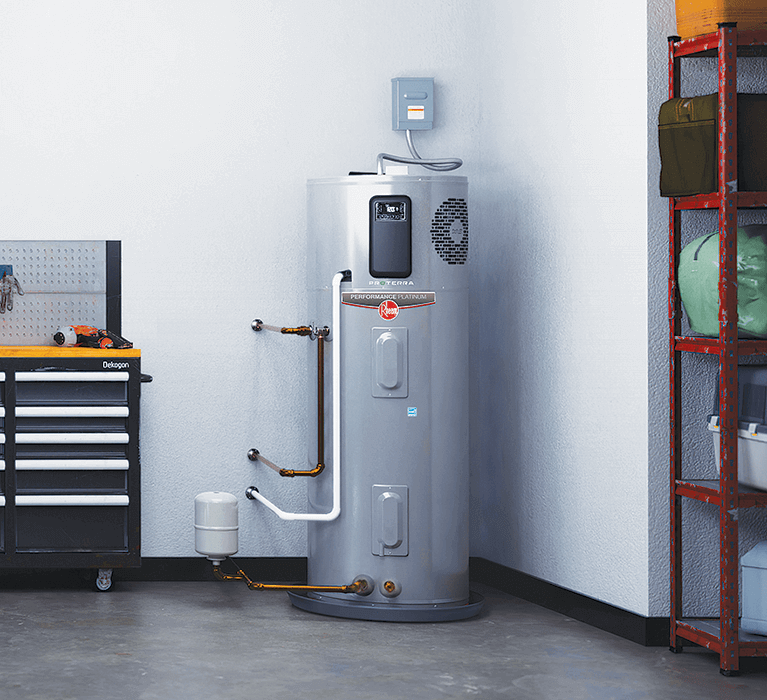Important Advice on Maintaining Your Home's Hot Water System
Important Advice on Maintaining Your Home's Hot Water System
Blog Article
Every person will have their own unique rationale when it comes to Tips For Maintaining Your Hot Water Heater.

Hot water is essential for daily convenience, whether it's for a refreshing shower or washing recipes. To ensure your hot water system runs efficiently and lasts longer, normal maintenance is key. This post supplies practical ideas and insights on just how to maintain your home's warm water system to stay clear of disturbances and costly repairs.
Introduction
Keeping your home's warm water system may seem daunting, however with a couple of simple steps, you can guarantee it operates efficiently for several years to find. This overview covers everything from recognizing your warm water system to DIY upkeep suggestions and understanding when to call in specialist help.
Value of Maintaining Your Hot Water System
Normal maintenance not just extends the life-span of your warm water system but likewise guarantees it operates effectively. Ignoring maintenance can cause reduced effectiveness, greater energy bills, and even premature failure of the system.
Signs Your Warm Water System Demands Upkeep
Understanding when your hot water system needs interest can protect against major problems. Keep an eye out for indications such as irregular water temperature, strange sounds from the heating system, or rustic water.
Understanding Your Warm Water System
Before diving into upkeep jobs, it's useful to recognize the standard parts of your warm water system. Usually, this consists of the water heater itself, pipes, anode poles, and temperature level controls.
Month-to-month Maintenance Tasks
Regular monthly checks can aid catch minor issues before they intensify.
Flushing the Water Heater
Flushing your hot water heater gets rid of sediment build-up, enhancing effectiveness and lengthening its life.
Checking and Changing Anode Rods
Anode rods avoid deterioration inside the container. Examining and replacing them when broken is important.
Examining and Readjusting Temperature Level Setups
Readjusting the temperature level setups ensures ideal efficiency and safety and security.
Do It Yourself Tips for Maintenance
You can do numerous maintenance tasks yourself to keep your warm water system in leading condition.
Looking for Leakages
Regularly evaluate pipes and links for leaks, as these can result in water damage and higher bills.
Testing Pressure Alleviation Valves
Examining the pressure relief valve ensures it functions correctly and avoids too much stress accumulation.
Insulating Pipelines
Insulating warm water pipes lowers heat loss and can conserve power.
When to Call an Expert
While do it yourself upkeep is useful, some problems need professional proficiency.
Facility Concerns Requiring Specialist Aid
Examples include major leakages, electric issues, or if your water heater is constantly underperforming.
Routine Professional Upkeep Conveniences
Specialist upkeep can include extensive evaluations, tune-ups, and ensuring conformity with safety and security criteria.
Final thought
Regular maintenance of your home's warm water system is crucial for efficiency, longevity, and expense savings. By following these pointers and knowing when to seek specialist aid, you can make certain a dependable supply of hot water without unexpected disruptions.
How to Maintain an Instant Hot Water Heater
Before tinkering with your hot water heater, make sure that it’s not powered on. You also have to turn off the main circuit breaker and shut off the main gas line to prevent accidents. Also turn off the water valves connected to your unit to prevent water from flowing into and out of the appliance. 2. When you’re done, you have to detach the purge valves’ caps. These look like the letter “T†and are situated on either side of the water valves. Doing so will release any pressure that has accumulated inside the valves while at the same time avoid hot water from shooting out and burning your skin. 3. When the purge valves’ caps are removed, you have to connect your hosing lines to the valves. Your unit should have come with three hoses but if it didn’t, you can purchase these things from any hardware or home repair shops. You can also get them from retail stores that sell water heating systems. Read the user’s manual and follow it to complete this task properly. When the hosing lines are connected, open the purge port’s valves. 4. You should never use harsh chemical cleaners or solutions when cleaning your unit. Make use of white vinegar instead. It should be undiluted and you’ll probably use about 2 gallons. 5. Now flush your water heater. This task should probably take about 40 minutes. We can’t give you specific directions for this because the procedure is carried out depending on the type, model and brand of your heater. With that being said, refer to the user’s manual. 6. When you’re done draining the unit, you have to turn off the purge port valves again. Remove the hosing lines that you earlier installed on each of the water valves. Put the valve caps (purge port) back in their respective places and be very careful so as not to damage the rubber discs that are found inside these caps. 7. Now that everything’s back in place, check your user’s manual again to find out how to reactivate your water heating system. 8. Once it is working, turn one of your hot water faucets on just to let air pass through the heater’s water supply pipes. Leave the tap on until water flows smoothly out of it. https://www.orrplumbing.com/blog/2014/september/how-to-maintain-an-instant-hot-water-heater/

I came across that post on Tips on Maintaining a Water Heater when exploring the web. Please set aside a second to share this post if you appreciated it. Thanks so much for your time spent reading it.
Learn More Report this page